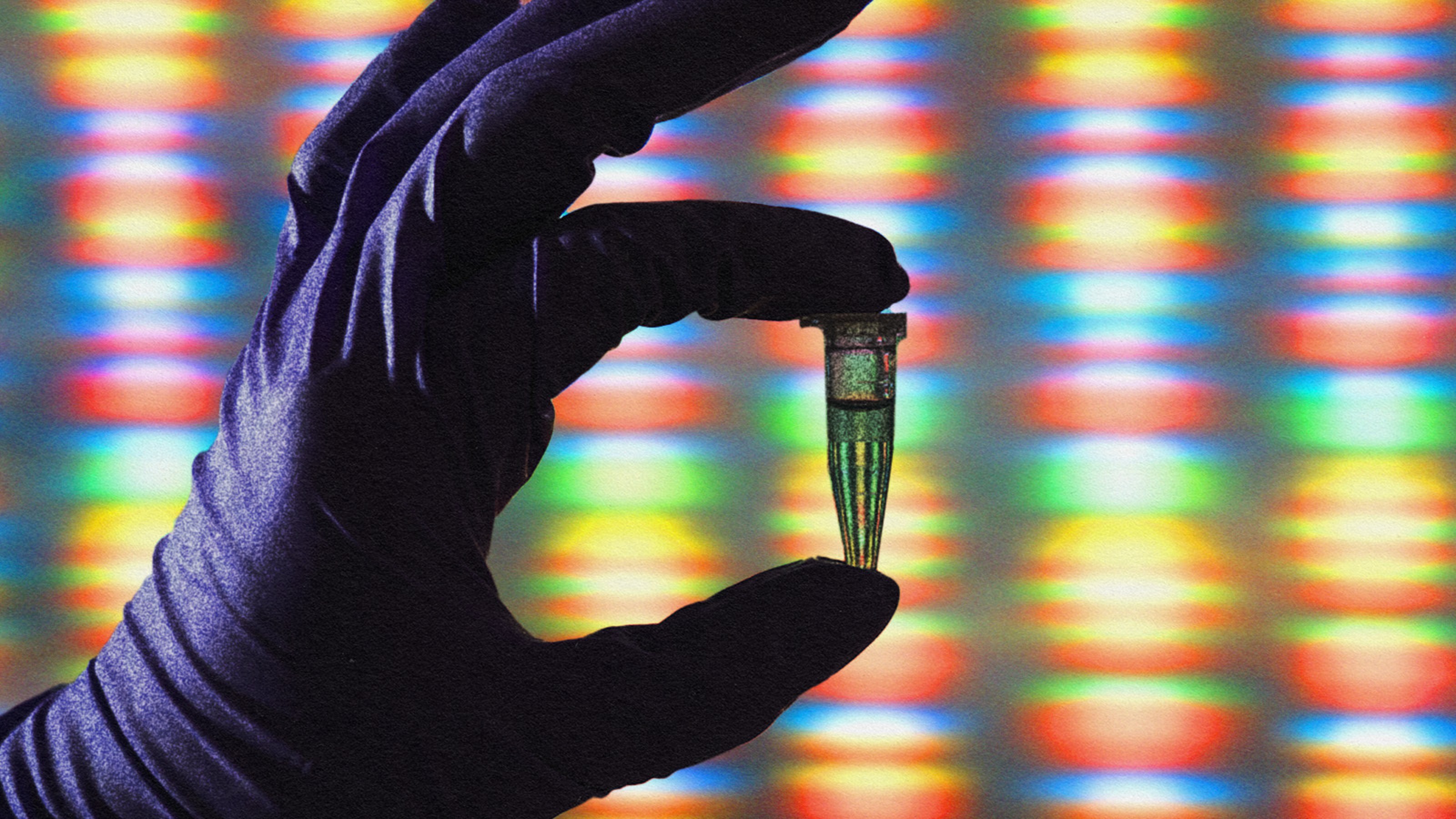NETRA: MIT’s Low-Cost Mobile Phone Eye Test

Last month, we looked at a design vision for sight – how designers are revolutionizing low-cost corrective eyewear. This month, a new device out of MIT Media Lab’s Camera Culture group utilizes one of the most rapidly proliferating technologies in the developing world – mobile phones – to make the diagnostic process of refractive errors of the eye, including nearsightedness, farsightedness, astigmatism, and age-related vision loss, both affordable and accessible to underprivileged populations. NETRA (Near-Eye Tool for Refractive Assessment) uses a phone’s LCD display and intelligent software to administer a quick, effective and accurate vision test that patients can perform at home.
 There are two standard ways of determining a patient’s corrective eyewear prescription. One involves looking through a large, clunky device fitted with various lenses swung before the eye until the one that produces the clearest image is found. The other shines a laser into the eye, using an array of tiny lenses to measure the patient’s vision characteristics. But in the developing world, access to these diagnostic systems is both extremely limited and prohibitively expensive.
There are two standard ways of determining a patient’s corrective eyewear prescription. One involves looking through a large, clunky device fitted with various lenses swung before the eye until the one that produces the clearest image is found. The other shines a laser into the eye, using an array of tiny lenses to measure the patient’s vision characteristics. But in the developing world, access to these diagnostic systems is both extremely limited and prohibitively expensive.
At its most basic application, the NETRA test consists of a small plastic device clipped onto the phone’s screen. The patient looks into a tiny lens, presses the phone’s arrow keys to make a set of parallel green and red lines overlap, bringing view into sharp focus, and repeats this eight times for each eye as the lines appear at different angles. Software loaded onto the phone then provides the precise prescription data. It may sound laborious, but the entire process takes under two minutes.

Our device is like a thermometer for the eye. Now people can measure the performance of their eyesight at home.” ~ Victor F. Pamplona
The device involves no moving parts, with all the intelligence coming from the software, which makes it both cheap and easy to use. It relies on an optical system similar to that used in another MIT Media Lab development – tiny camera-based data tags superior to barcodes known as bokodes.
What makes NETRA particularly promising is its reliance on a cheap and increasingly widespread device. With more than half of all households in the developing world owning a cellular phone, growing at six times the adoption rate of the developed world according to UN statistics, and nearly one billion people worldwide in need of corrective eyewear, NETRA offers a brilliant marriage of need and convenience.
Maria Popova is the editor of Brain Pickings, a curated inventory of miscellaneous interestingness. She writes for Wired UK, GOOD Magazine and Huffington Post, and spends a shameful amount of time on Twitter.





